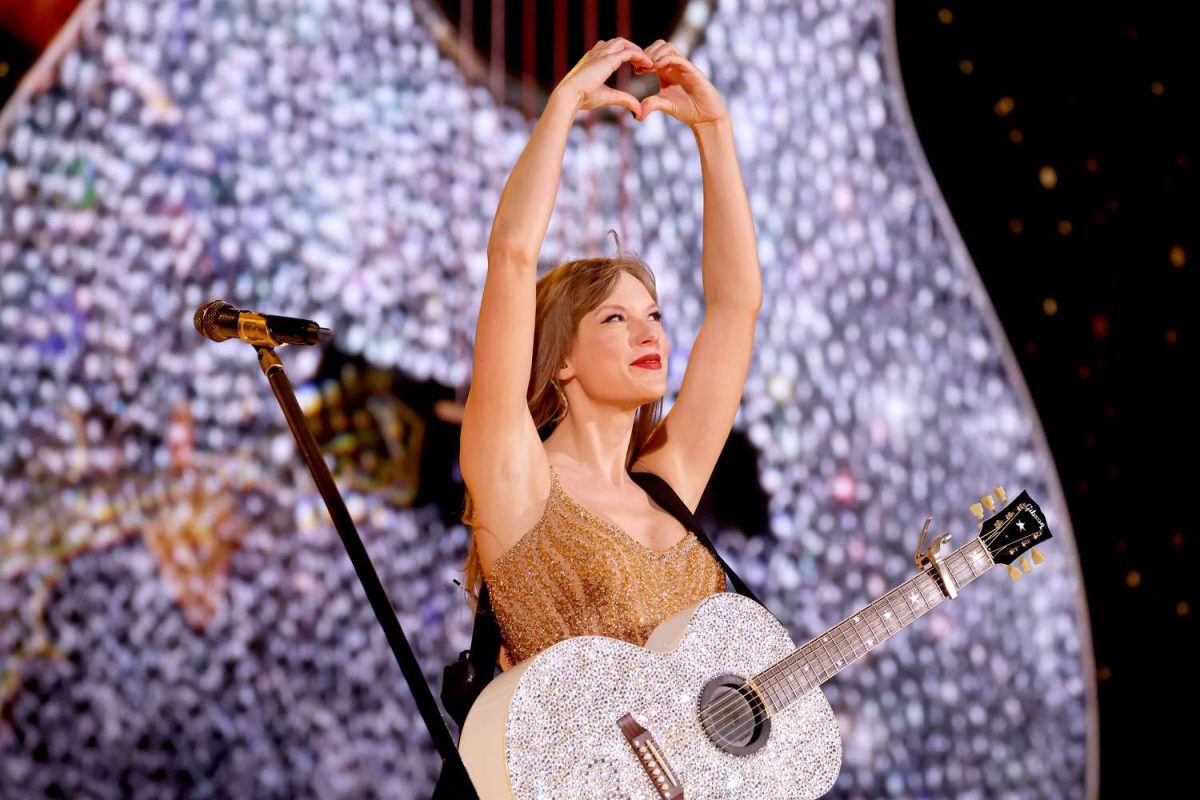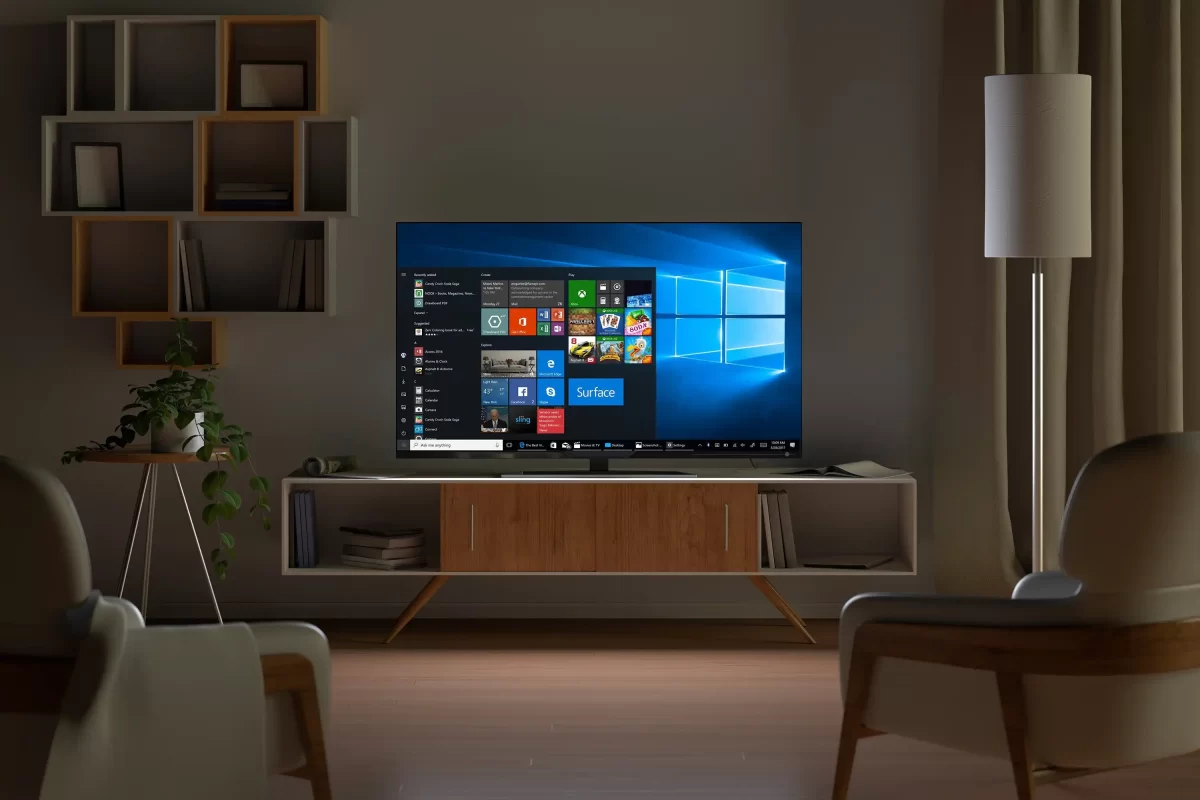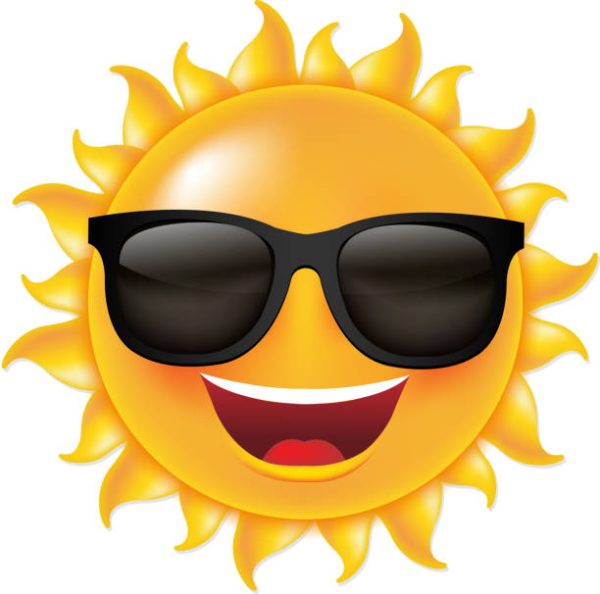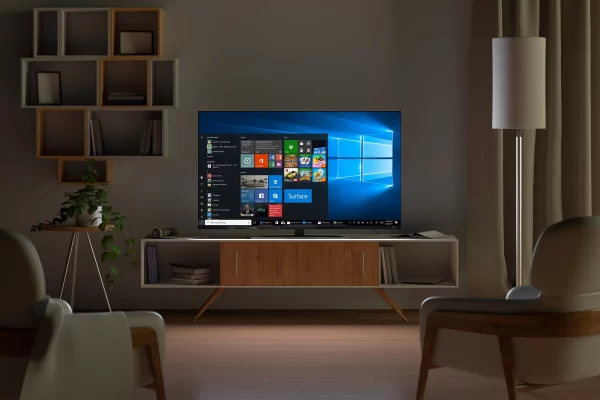Magnifying the Effect of The Male Gaze

Copyright Shenzhen BestAI Internet Co.
September 27, 2021
In the popular 2007 film Transformers there is a famous scene which features a shot panning up Megan Fox’s body while she is leaning over a car. She is dressed in provocative clothing and stays completely still for the shot. This is a perfect example of the male gaze in cinema.
In its simplest form, the male gaze is described as looking at women through a demeaning gaze that uplifts the man while objectifying and sexualizing the woman. Through this perspective, women are only there to satisfy the male fantasy while they are being scrutinized for their looks. A more accurate term to describe this is the heterosexual masculine gaze. This perspective is often used in TV shows, movies, and ads. It puts the audience in the point of view of the male character hyper-sexualizing their female counterpart. This is why in most movies set in this perspective the male characters are seen wearing “normal” clothing, while female characters are dressed more provocatively especially considering the activities they plan to do.
We use this perspective so commonly in the media, we consume that we have taught ourselves to look at people, including ourselves, through the male gaze. An example we all have read, or at the very least know of, is the dress code. It is written in a manner that overtly sexualizes women’s clothing and body parts in particular. Now with the changes from last year, it has gotten much better. Such as the reinstatement of ripped jeans, allowing holes above the knee. Last year’s dress code stated, “All garments must be in good repair and not have any holes, rips, slashes above the knee (this includes the “destructed” style of clothing.)” This rule is written by seeing female students through the male gaze because if they were to show skin above the knee then the males in the classroom wouldn’t be able to focus.
Another example in our dress code is the rule stating that there is no shoulder exposure allowed. It says, “Upper garments must cover the shoulder, torso, and midriff and must not be excessively tight or low cut from the collar” This is also written in the male gaze because it assumes that shoulders might be distracting or inappropriate. This puts it in perspective because it sees the women’s body as an object that could potentially be distracting. This particular rule can also apply to the male body as they aren’t allowed to wear “muscle shirts” The type of tank top with the armholes cut all the way down to the hemline of the garment. This could be construed as the male gaze turned on a particular item of masculine clothing as well.
A third example of the male gaze in the dress code is the discrimination of dress code violations geared towards women. In other words, female students get dress coded more often than male students. I know this because I’ve had many female friends who have been dress-coded as soon as they walk into the school. This shows that women are under more scrutiny for their looks in the eyes of the dress code, we are able to see this come from the male gaze. They are looked at through this lens that criticizes their clothing for being too revealing or provocative. This corroborates the information that through this gaze women are seen as objects.
Besides being integrated into dress codes, the male gaze can also be internalized by those who are affected by it. This causes young women to experience self-esteem issues, anxiety, and depression. A study done by the American Psychological Association compared the effects of anticipating a male gaze versus a female gaze. The study reported that, “Results demonstrated that anticipating a male gaze produced significantly greater body shame and social physique anxiety than anticipating a female gaze.” This study proves that the male gaze has real consequences to those who it targets. It’s an invisible enemy. It’s a structure in our subconscious that has been built through unknowingly being put in this perspective by the media and film. We need to be aware of this problem to be able to take steps forward to fix it.
I don’t want anyone to interpret this article as women shouldn’t be able to wear provocative clothing or dress up without trying to please the heterosexual masculine gaze. Women should be able to dress however they want. But if we want to get rid of the male gaze, we need to realize what it is and that it even exists in the first place.
This is the link to the original video that I watched that had gotten me interested in this topic in the first place. If you’re interested please feel free to watch and would like some more information on this topic.
Note: I did corroborate the information in this video with the research of my own.
- Taking Back the Male Gaze | Psychology Today. https://www.psychologytoday.com/us/blog/the-clarity/201711/taking-back-the-male-gaze. Accessed 17 Sept. 2021.
- Vanbuskirk, Sarah. “What Is the Male Gaze?” Verywell Mind, https://www.verywellmind.com/what-is-the-male-gaze-5118422. Accessed 17 Sept. 2021.
- Loreck, Janice. “Explainer: What Does the ‘male Gaze’ Mean, and What about a Female Gaze?” The Conversation, http://theconversation.com/explainer-what-does-the-male-gaze-mean-and-what-about-a-female-gaze-52486. Accessed 17 Sept. 2021.
- Calegro , Rachel. “APA PsycNet.” A Test of Objectification Theory, https://psycnet.apa.org/record/2004-11571-003. Accessed 17 Sept. 2021.
- MASH Dress Code


























Coach Ashton • Oct 2, 2021 at 6:42 pm
Elliot, you are an excellent writer! I just found this and I’m so glad I did. It’s exciting to know you are this talented already. Great job!
Mrs. Herbstritt • Sep 27, 2021 at 8:49 pm
Elliott! You are amazing! Great writing!